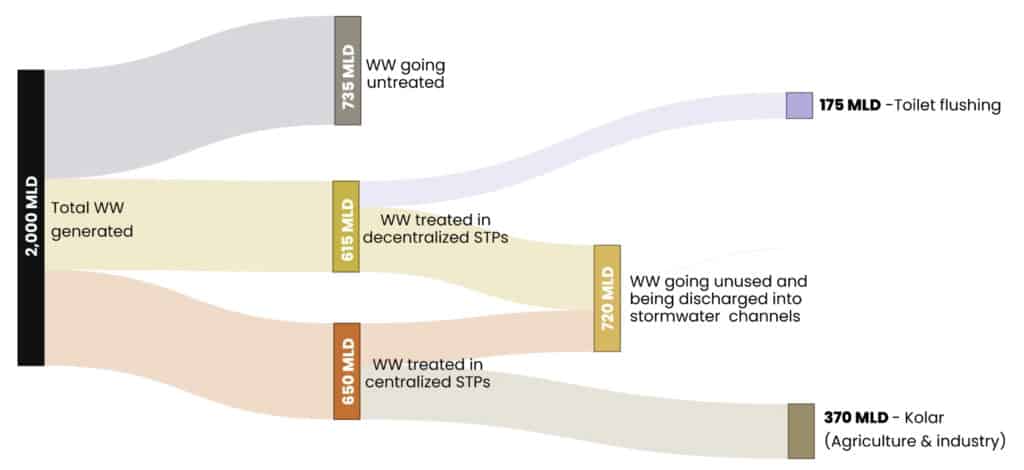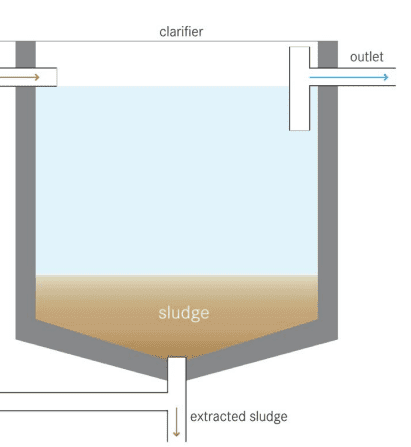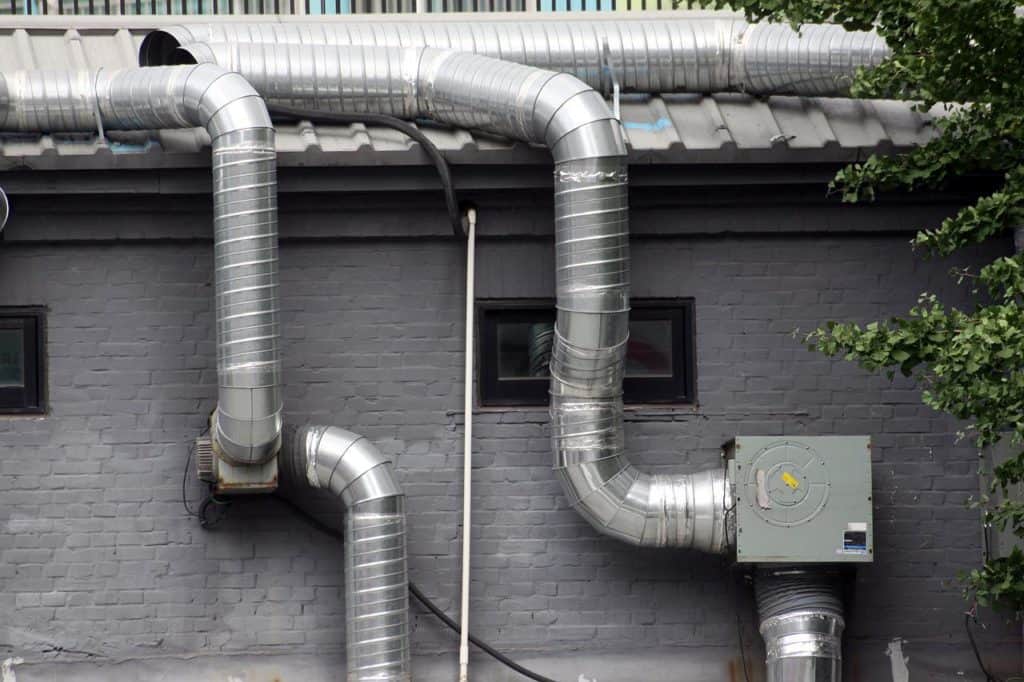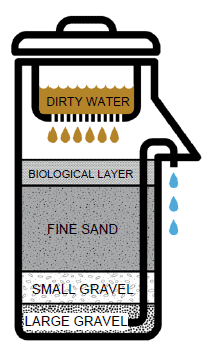Bengaluru now has over 2,450 decentralised Sewage Treatment Plants (STPs), including those installed in apartments and large commercial buildings. These STPs cumulatively treat approximately 615 Million Litres of wastewater per day, which is 8% of the total sewage generated in the city.
Most of these decentralised STPs are poorly maintained, resulting in poor quality of treated wastewater. There is limited reuse and the excess water is often illegally discharged into open drains, resulting in polluted lakes and water bodies.
Reusing treated wastewater for gardening, toilet flushing and washing common areas in apartment complexes can reduce both water scarcity and water pollution in the city. Well-functioning STPs are essential to make this happen! This article delves into common reasons for the failure and poor functioning of such STPs.
Bengaluru generates 1400 MLD sewage, enough to fill Bellandur lake three times around! 650 MLD is treated by BWSSB’s STPs and around 30% is treated by decentralised STPs in apartments and commercial buildings.
Moving to a decentralised sewage treatment model
Centralised STPs require an extensive network of sewer lines to collect sewage from buildings in their catchment areas. Given that much of Bengaluru, especially the newer parts of the city, has not had proper sewerage infrastructure, BWSSB has been promoting decentralised sewage treatment in multistorey apartments and commercial complexes. The decentralised model uses off-grid wastewater treatment technology to treat sewage at the source of generation.
In 2016, the Bengaluru Water Supply and Sewerage Board (BWSSB) mandated the installation of decentralised Sewage Treatment Plants (STPs) in apartments: New apartments with 20 or more units measuring 2000 square metres and existing apartments with 50 or more units (or 5000 square metres) were required to install STPs.

Why treat wastewater: a climate perspective
Untreated wastewater when discharged into the environment increases carbon emissions by threefold. Wastewater treatment plants are critical in this regard because they remove methane and contaminants, cutting carbon emissions by two-thirds. However, nearly 80% of the 2000 decentralised STPs in apartments do not meet the requisite standards, according to KSPCB reports.
Read more: How a Bengaluru apartment fixed its sewage treatment process
Why do STPs fail?
STPs fail for a number of reasons, mainly poor design – oversizing or under sizing of pumps and tanks, incorrect selection of pumps for handling sewage or inappropriate STP technology, and lack of operations and maintenance (O&M) – for example, blowers turned off due to noise pollution, irregular removal of muck and infrequent replacement of filter media.
Treated water from a well-maintained STP should look clear and be odourless. It should also meet the effluent specifications set by the Karnataka Pollution Control Board (KSPCB). But the real problem here is that apartment residents are not well-versed with how STPs work and they are not involved in the STP selection process.
Who selects STPs in apartments?
STPs in apartments are chosen by builders with inputs on STP technology from STP consultants and Mechanical, Electrical and Plumbing (MEP) consultants. In a bid to cut costs, builders often opt for STPs with a low capital expenditure (CAPEX) that occupy less space. In turn, STP operators and MEP consultants favour familiar technologies instead of appropriate ones. They also ignore the operational expenses (OPEX), which will eventually rest with the residents of the apartment. At the time of handover of the STP from builders to the resident welfare association (RWA), there is a lack of formal knowledge transfer, making it hard for the RWA to maintain the STP.
If apartment residents, including new home buyers, had a say in the matter, they would choose low OPEX STPs which are easy to maintain. Involving them in the STP selection process would ensure that their main concerns of low OPEX and ease of use are addressed. This will lead to better quality treated wastewater and more reuse.
Steps to fix malfunctioning STPs
If the STP in your apartment is not working properly, check these 6 components immediately:
1. Pumps

Pumps are used in STPs to move sewage through the various tanks. But poor use and maintenance has caused waterline leakages and multiple pumps are now required to get the job done. Multiple pumps add to the OPEX which rests with the residents. Pumps in STPs should be able to handle raw sewage without clogging the pump. They fail because builders have installed the wrong type of pump without the capacity to handle raw sewage.
Tip: Choose centrifugal pumps for transferring raw sewage.
2. Tanks

Pic credit: Priyanka Jamwal, ATREE

The aeration tank and the settling tank are the heart of the STP where most of the treatment happens with the help of microorganisms. The type of tank used in an STP depends on the technology. Tanks should be deep enough to accommodate low and high rates of sewage flow. If the tanks are of the incorrect depth, the sludge tends to be carried over to the final treated water tank. They should also have a provision for uniform aeration so that the sewage is mixed evenly. If the tank is not properly aerated, dirt and solidified muck tends to accumulate.
Tip: Include regular removal of muck in maintenance protocol.
Read more: “Fining apartment owners for faulty sewage treatment plants is unjust”
3. Blower
Diffusers aerate and oxygenate the sewage and blowers supply compressed air to all the diffusers in the tank. Blowers are very important components because the entire STP comes to a halt if the blowers fail. Our study revealed that residents turn off the STPs at night to kill the noise from the blowers. Blowers make noise when acoustic linings and a concrete base have not been provided. STP consultants usually skip these provisions to cut overall costs by 10-15%.
Tip: Ask your builder or STP consultant if blowers have been fitted with acoustic linings and a concrete base.
4. Ventilation

Ventilation systems are installed for operator safety as it prevents the accumulation of harmful gases. Separate fans and ducts for both fresh air and exhaust should be provided. Ventilation systems should be designed to ensure regular air changes per hour, i.e. replacing all the air in an STP with new air every hour.
Our study found that residents turn off STPs at night and turn them back on in the morning to save electricity. This affects STP performance and makes them stink.
Tip: Make sure the ventilation system has suitable fresh air and exhaust ducts. In a well-functioning STP, ten cycles of fresh air per hour is a good number to look for.
5. Food to microorganism ratio
Food to microorganism (F/M) ratio is a measure of the amount of food available to the microorganisms in an aeration tank. The STP consultant has to choose the F/M ratio carefully as it impacts the performance of the STP. Signs like filamentous bacterial growth in the aeration tank, partially treated sewage identified through odour and visual markers, and gradual failure of the plant will help residents identify whether the F/M ratio is inappropriate for their STP.
Tip: Make sure your STP’s F/M ratio is between 0.05-0.30.
6. Filter media

Filter media is the material through which wastewater passes in the last stages of treatment. Pressure Sand Filter (PSF) and Activated Carbon Filter (ACF) are tertiary treatment units in an STP that use filter media to remove the trace amounts of solids that escaped through the earlier stages. The filter media is made of sand and gravel in the case of PSF and activated carbon in ACF. The filter should be appropriately sized based on the site to ensure efficient functioning of the filter and to reduce servicing frequency. The filter media also gets clogged from time to time and needs to be replaced at regular intervals.
Tip: Include regular change of filters in maintenance protocol.
This checklist will come in handy for apartment residents struggling with STP maintenance. While residents and RWAs need to be included in the technology selection process for the STP, knowing your STP could help minimise STP failures.
[These suggestions are based on a study of apartment STPs by ATREE’s Centre for Social and Environmental Innovation (CSEI). The findings are summarised in the research brief titled: “Challenges and opportunities in the residential decentralized wastewater treatment and reuse sector in Bengaluru”. A version of this article was earlier published in the ATREE blog.]
A very educative &asy to understand article on decentralised STP. recommendations on periodic maintenance and lab testing of treated water would add “value” to the write up.thanks a lot
Very nicely articulated article. It would be great and helpful if you could post an article of harmful health effects on using a badly treated water on toilet flush tanks which are processed on a poorly maintained STP in apartment due to lack of operational awareness.This will help to create awareness to maintain the STP unit in a better shape. Thank